To Nat Turner, the unusual bluish-green sun that dawned one morning was a sign.
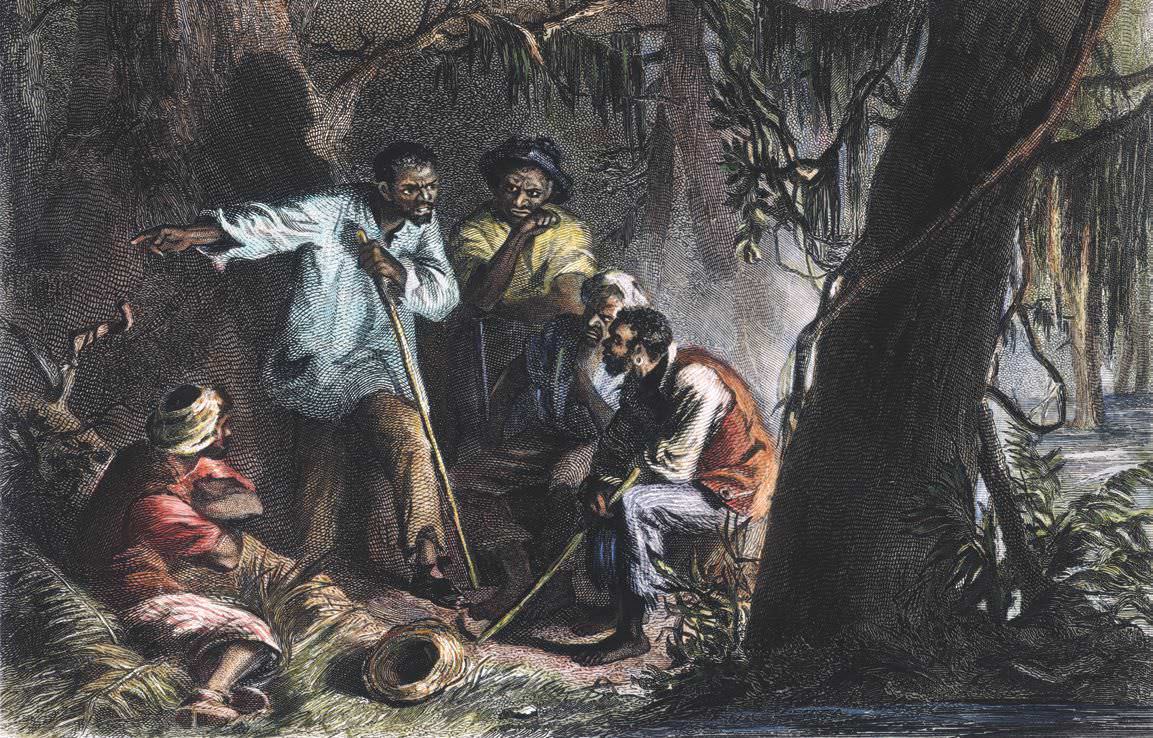
Together with an earlier solar eclipse and his religious visions, Turner took the second solar eclipse as an indication that “I should arise and prepare myself and slay my enemies with their own weapons.”
Turner and six other enslaved men set out early on the morning of August 21, 1831. Their first stop as they moved through Southampton County, Virginia, was at the house of Turner’s master, where they killed the entire family. Within 36 hours, Turner’s group had grown to about 70 men, and they had killed at least 55 white people. Most of the men involved in the insurrection were quickly captured. After a trial, many of the convicted men were either executed or sold out of state.
Turner remained a fugitive until October, when he was captured, convicted, hanged, and his body badly mutilated. More than 100 black people with no connection to the rebellion also were killed. Turner’s actions struck fear in the hearts of white people in the South. They feared that all slaves would rise up and murder their masters.
While Nat Turner’s actions led to the deadliest rebellion in the South, it was not the first to take place. Enslaved people had been fighting against their condition for years in little and big ways. They broke, hid, or stole tools. They burned crops and buildings. They organized work slowdowns. They pretended to be ill or ran away. And they organized armed rebellions.
Historians believe that enslaved people organized more than 300 rebellions before the Civil War (1861– 1865). Rebellions were defined as having a minimum of 10 slaves joining together with the aim of freedom. It was dangerous to consider involvement in such revolts. If caught, a slave might face execution, branding, being sold out of state, or having family members sold away to different owners.
This story is from the November/December 2016 edition of Cobblestone American History Magazine for Kids.
Start your 7-day Magzter GOLD free trial to access thousands of curated premium stories, and 8,500+ magazines and newspapers.
Already a subscriber ? Sign In
This story is from the November/December 2016 edition of Cobblestone American History Magazine for Kids.
Start your 7-day Magzter GOLD free trial to access thousands of curated premium stories, and 8,500+ magazines and newspapers.
Already a subscriber? Sign In
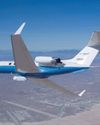
Eye in the Sky
An interview with Joe Piotrowski
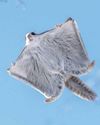
Airborne Animals
Humans have taken to the skies in balloons, gliders, and airplanes-but we're not alone among the clouds. Animals of all sorts have evolved to harness wind power.
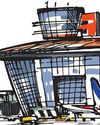
TAKING OFF
The Wright brothers expected airplanes to “take off,” but even they might be amazed at the way the airline industry has become big business. In the past, it was expensive to send something by plane.

GROWTH OF AN INDUSTRY
After their historic flight at Kitty Hawk in 1903, Wilbur and Orville Wright returned to Dayton, Ohio. They spent the next few years making adjustments and building additional versions of their powered aircraft in their bicycle shop.
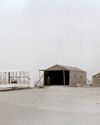
WHY KITTY HAWK?
The Wright brothers searched carefully for the best place to test their gliders and flying machines. Their main concern was for good, steady winds. But they also hoped to find a remote location to allow them to perform tests away from the public eye.
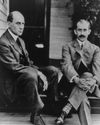
Two Brothers From Ohio
Most people do not realize that the Wright brothers—Wilbur, born in 1867, and Orville, born in 1871—performed various scientific experiments before inventing their aircraft. For as long as anyone in their hometown of Dayton, Ohio, could remember, the Wright boys had worked on mechanical projects.
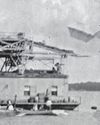
A Helping Hand
May 6, 1896. A group of people who had gathered beside the Potomac River, just south of the U.S. capital, grew quiet. Then, it erupted in cheers as a small, unmanned aircraft took to the skies and flew for more than half a mile. The flight came seven years before the Wright brothers’ first manned, powered flight. The inventor of the aircraft was Dr. Samuel Pierpont Langley.
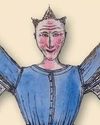
THE IDEA MEN
People dreamed of flying thousands of years before the Wright brothers found success near Kitty Hawk, North Carolina. These dreamers, such as Leonardo da Vinci, studied birds flying and imagined how humans might do the same—if only they had wings. Other men developed a more hands-on approach to the topic. Early inventors made wings of cloth, glue, and feathers and tied these creations to their arms in an attempt to imitate nature.
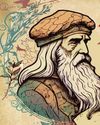
Da Vinci's 4 Designs
Have you ever wondered how a bird flies? Leonardo da Vinci (1452–1519) did. He thought that understanding how a bird flies would provide the key to human flight. So, what did da Vinci learn from birds?
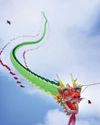
Silken Wings
Seven hundred years before the Wright brothers began experimenting with human flight, the Chinese had already mastered its secrets—with kites.